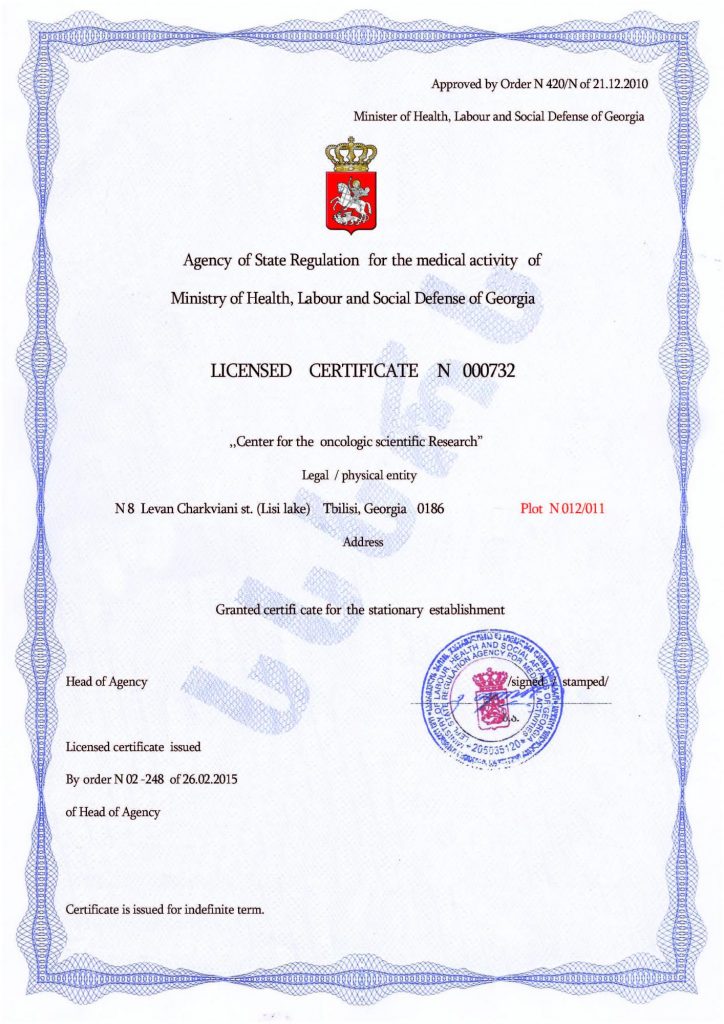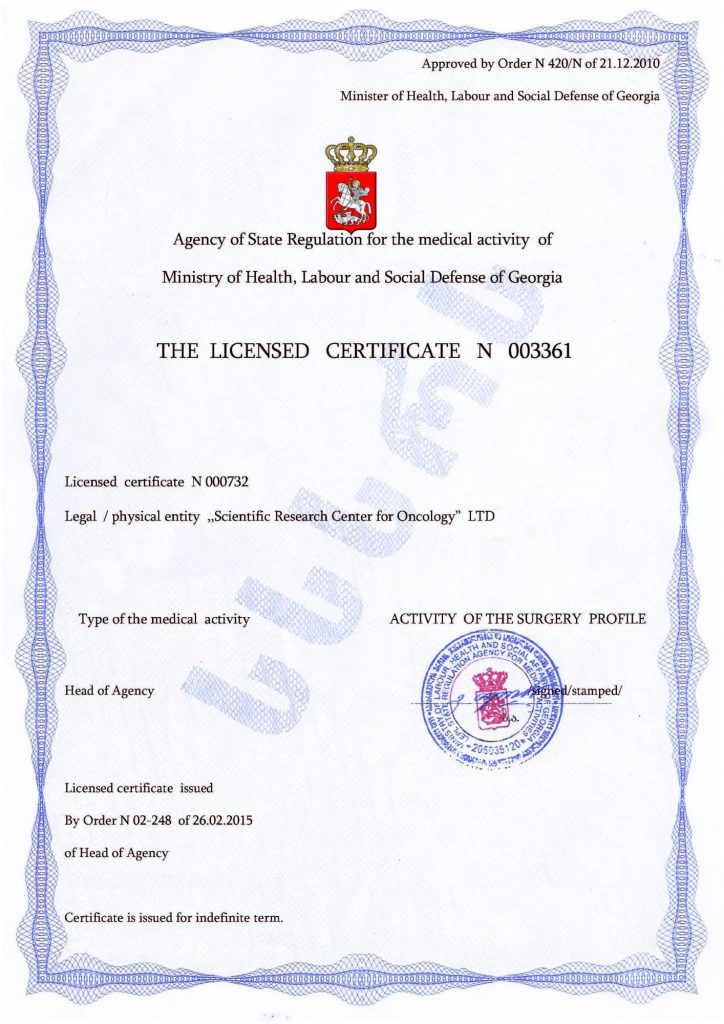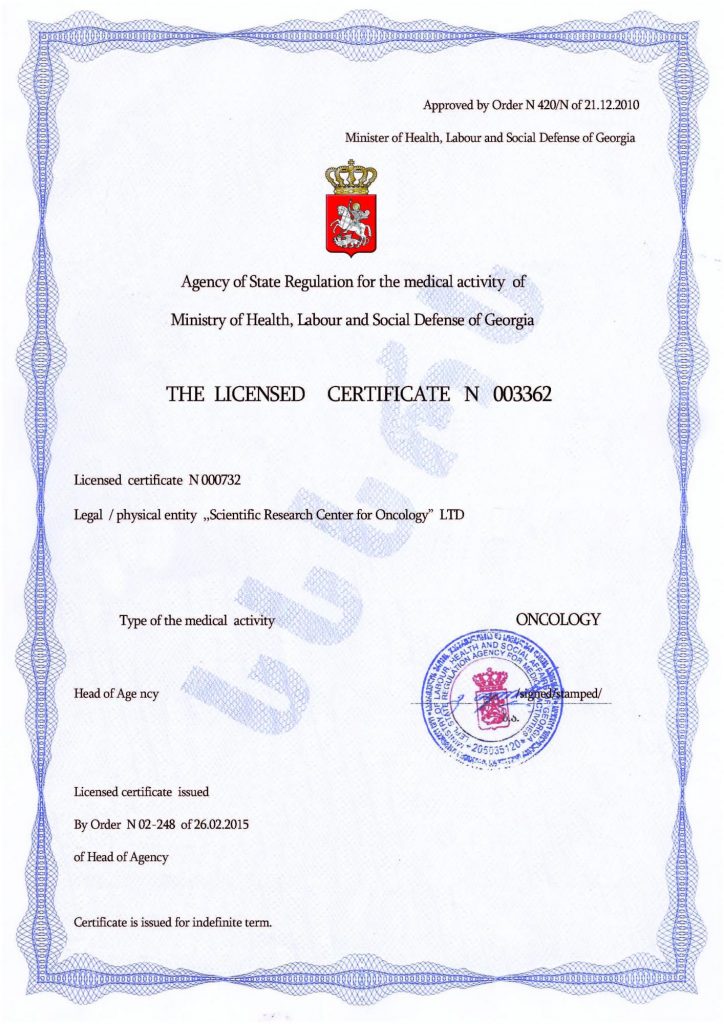Holding therapy for autism: therapeutic hugs or sensory abuse?
The author of the technique is Martha J. Welch, a practising scientist and psychiatrist. She suggested that a form of hug therapy could help in treating autism spectrum disorder. Holding therapy, or the method of constant communication, is actively used in working with patients with various mental disorders.
The core of holding therapy for autism
The procedure is carried out as follows: the mother sits the child on her lap and makes eye contact, holding them in place. Usually, the patient is calm at first but then begins to demonstrate anxiety. The father comes to the rescue at this time and helps the mother hold the child.
Treatment of autism with holding therapy is the recitation of important things to the patient with eye contact and in a fixed position. For example, a mother can talk about how much she loves the child, how important it is for the whole family to be together, ask the child not to leave the parents, and so on. Over time, the child becomes humble, relaxes, and listens. In some cases, tenderness appears in their eyes, and they might smile.
Problems with holding therapy
Restraint is not so easy on a moral level for the child. In a state of opposition, they may not hear words of affection and love. When parents conduct holding therapy sessions constantly, the child’s aggression can be replaced by apathy, anger, or complete emotionlessness. Few children respond with tenderness and love to the words of their parents during such treatment, and it becomes a serious obstacle to the successful completion of other treatment procedures.
Results of holding therapy for an autistic person
After a period of scientific research, Dr. Welch published her work and highlighted the issues and influence of holding therapy, using examples from several patients. Their attention and memory improved, and their emotional perception of the world around them expanded. But it is also important to emphasize that these patients simultaneously underwent other developmental procedures for the correction of autism.
Conclusions
Holding therapy for autism may not always provide a positive therapeutic effect. Many experts believe that the physical restraint of a child’s freedom leads to forced humility, subsequent apathy, and an inability to defend personal space boundaries. It does not develop the child’s brain but teaches it that there is someone stronger nearby who will act against the child’s will. It can worsen the pathogenesis, causing the child to withdraw even more.
You are able to use a more beneficial and effective procedure for correcting childhood autism at the Mardaleishvili Medical Centre.
Stem cell transplantation is an innovative method for combating autism spectrum disorder
The most important thing is that this procedure is morally gentle and physically safe. It is also highly effective because it is aimed not only at correcting the symptoms of autism but also at treating the disease itself. The procedure uses the child’s own stem cells, which correct genetic disorders by restoring the structure of the brain. This treatment of childhood autism is in demand all over the world, and after it is completed, other methods work with increased efficiency, maintaining the achieved result.
Find out everything about the promising treatment of childhood autism spectrum disorder in Georgia — contact a consulting doctor on our website.
Autism Treatment Center Videos
Autism treatment with own stem cells
Cord blood association congress
International Quality Crown
Autism Treatment Reviews
Autism treatment with own stem cells
The story of Alessandro (6 years old)
Autism Patient Testimonial - Stem Cell Treatment
Clients Testimonials
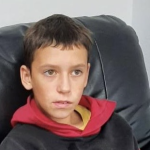
Feedback from Igor, David’s father (12 years old) Read More
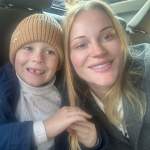
Feedback from Olga, Fedya’s mother Read More
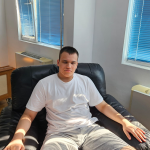
Feedback from Natalia, Radomir’s mother (15 years old) Read More
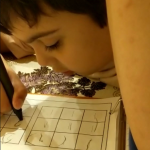
Feedback from Esther, Samuel’s mother (8 years old) Read More
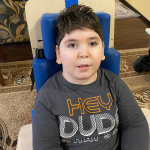
Feedback from Abibe, Selim’s mother (7 years old) Read More









